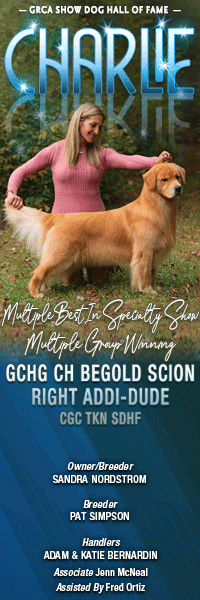Smooth the Ride for Dogs with Motion Sickness
 Because the symptoms of canine motion sickness can mimic several other problems, many pet owners may not realize their dogs suffer from this condition.
Because the symptoms of canine motion sickness can mimic several other problems, many pet owners may not realize their dogs suffer from this condition.
However, a recent study conducted on behalf of Zoetis found that up to 23 percent of dogs experience motion sickness. The study also found that some pet owners feel that motion sickness weakens their relationship with their dog because it often forces them to leave their dog at home. Recognizing the symptoms and understanding treatment options can help ease your dog’s discomfort and ensure a smoother ride for the entire family.
Motion sickness may at times be difficult to recognize, but it is a real medical condition that affects the centers of the brain that control balance and motion. This condition may also be exhibited as fear and anxiety about car rides. Dogs suffering from motion sickness may show a variety of signs, including drooling, dry heaving, excessive lip licking, excessive panting, inactivity, pacing, restlessness, shaking, vomiting, whining or yawning.
However, especially during warmer months, some of these signs, such as excessive panting and whining, can mistakenly be attributed to other things, such as overheating. That’s why it is important to pay close attention to the onset of signs that could indicate motion sickness and note any correlations with travel, including anxiety or avoidance behavior like resistance to getting in the car. Sharing this information with your veterinarian can help isolate the cause.
If you determine that your pet is indeed suffering from motion sickness, you can take several steps to make your next trip together more comfortable:
- In addition to providing the basic necessities like food, water, bowls, grooming supplies and medications, create a soothing environment with a favorite blanket, bed and toys, along with an appropriate restraint device, travel crate or carrier.
- Talk with your veterinarian about a medication that has proven to be helpful in treating motion sickness in dogs. CERENIA® (maropitant citrate) is the only FDA-approved medication for the prevention of vomiting due to motion sickness in dogs. A CERENIA tablet can be easily administered two hours before the car ride and doesn’t cause drowsiness, so you don’t have to worry about a sleepy pup after the car ride. All other motion sickness medications are formulated for humans and are not approved by the FDA for use in dogs. Human medications may also be more difficult to dose for dogs, may not effectively control motion sickness and/or may have unwanted side effects, such as drowsiness.
- Make frequent stops, especially if traveling long distances, so your dog can relieve itself, drink water and exercise.
- Maintain your dog’s regular feeding and exercise schedule as much as possible during your trip to reduce any anxiety it may feel about being away from home.
- Carry your leash and collar with up-to-date ID tags (with your cell phone number), microchip information and rabies tags. Also carry proof of vaccinations and consider scanning your dog’s medical records onto a USB device in case you end up visiting an emergency veterinary clinic away from home.
Find more resources for traveling with a dog that has motion sickness at cerenia.com.
IMPORTANT SAFETY INFORMATION
Use CERENIA Tablets for acute vomiting in dogs 2 months and older, and for prevention of vomiting due to motion sickness in dogs 4 months and older. Safe use has not been evaluated in cats and dogs with gastrointestinal obstruction, or those that have ingested toxins. Use with caution in dogs with hepatic dysfunction. In people, topical exposure may elicit localized allergic skin reactions, and repeated or prolonged exposure may lead to skin sensitization. See full Prescribing Information at cerenia.com.
Short URL: https://caninechronicle.com/?p=107476
Comments are closed











